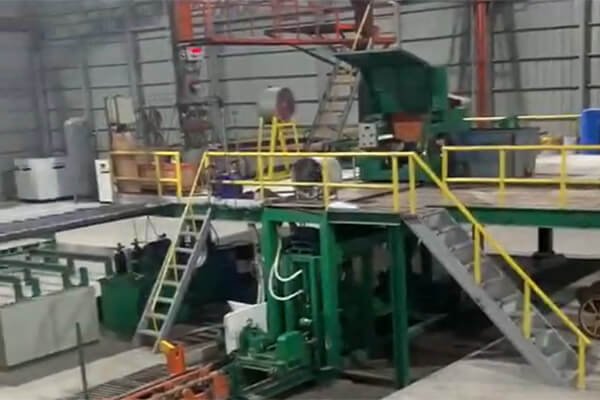Selecting the right continuous casting machine radius is crucial to ensure efficient and high-quality steel production. The radius of the machine plays a significant role in controlling various aspects of the casting process, including heat transfer, solidification, and the formation of defects. Here are some key considerations to help you in selecting the appropriate continuous casting machine radius for your steel production process.

Understand the Process Requirements
Begin by thoroughly understanding the specific requirements of your steel production process. Factors such as the type of steel being cast, the desired product dimensions, and the required quality standards will influence the choice of machine radius.
Evaluate Casting Speed
The casting speed directly impacts the solidification behavior and heat transfer in the continuous casting process. Higher casting speeds typically require smaller machine radii to maintain adequate cooling and solidification rates. Consider the desired casting speed and its compatibility with different machine radius options.
Consider Steel Grades and Sizes
Different steel grades and product sizes have varying solidification characteristics. Some may require faster cooling rates to prevent defects, while others may benefit from slower cooling for improved microstructure control. Evaluate the steel grades and sizes you typically produce and choose a radius that facilitates the desired solidification behavior.
Analyze Defect Formation
Defect formation, such as cracks, segregation, or surface irregularities, can be influenced by the machine radius. Analyze the common defects encountered in your steel production process and assess how different machine radii can mitigate or exacerbate these issues.
Consult with Experts
Seek advice from experts in the field of continuous casting. Discuss your specific requirements and challenges with engineers, metallurgists, and equipment manufacturers who have experience in continuous casting technology. They can provide valuable insights and recommendations based on their expertise.
Conduct Modeling and Simulation
Utilize computer modeling and simulation tools to simulate the continuous casting process with different machine radii. Virtual simulations can help predict the solidification behavior, temperature distribution, and defect formation, aiding in the selection of the optimal radius.
Consider Equipment Limitations
Take into account the practical limitations of your existing continuous casting equipment. The design and capabilities of your casting machine may impose restrictions on the range of machine radii available. Ensure that the chosen radius is compatible with your equipment and can be implemented effectively.
Evaluate Cost and Efficiency
Assess the cost implications associated with different machine radii options. Consider the investment required for modifying or replacing the casting machine, as well as the potential impact on production efficiency, energy consumption, and maintenance costs.
Learn from Industry Best Practices
Study successful case studies and industry best practices related to continuous casting machine radius selection. Understand how other steel producers have optimized their casting processes by choosing the right radius and adapting those learnings to your specific requirements.
Continuous Monitoring and Optimization
Once the machine radius is selected, continuously monitor and analyze the performance of your casting process. Regularly evaluate the quality of the produced steel, track defect rates, and gather feedback from operators and technicians. This feedback loop will help you fine-tune and optimize the machine radius over time.
Remember that selecting the right continuous casting machine radius is a complex task that requires careful analysis, experimentation, and expertise. By considering the process requirements, solidification behavior, defect formation, and expert advice, you can make an informed decision that enhances the efficiency and quality of your steel production process.